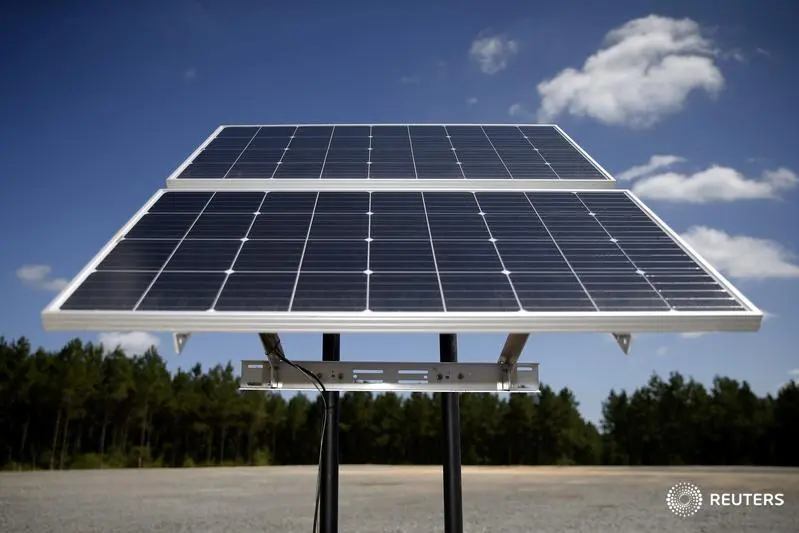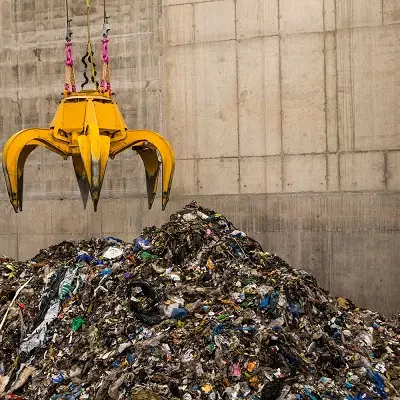PHOTO
Texas, already the U.S. state with the most wind energy capacity, is catching up to California in utility-scale solar capacity, according to a report from the U.S. Energy Information Administration (EIA) on Wednesday.
California currently has the most installed utility-scale solar capacity of any state - about 16 gigawatts (GW).
One gigawatt can power about 1 million U.S. homes. But since solar power is on only about a third of the time, a gigawatt of solar can only power about 330,000 homes.
EIA projected Texas will add a record 10 GW of utility-scale solar capacity by the end of 2022, compared with 3.2 GW in California. A third of all U.S. utility-scale solar capacity planned to come online in the next two years (30 GW) will be in Texas.
Texas and other parts of the Central United States experienced a brutal freeze in February that left millions without power for days and caused natural gas and power prices in many regions to spike to record highs due to the freezing of gas pipes, power plants and wind turbines.
Texas added 2.5 GW of solar capacity in 2020, and EIA said it expected the state to add another 4.6 GW in 2021 and 5.4 GW in 2022, bringing the state's total to 14.9 GW.
The appeal of solar and wind power is growing quickly as countries around the world transition from dirty, carbon dioxide-emitting fossil fuels to cleaner renewable sources of power to stop global warming.
President Joe Biden's administration wants all U.S. power to come from non-carbon-emitting sources like nuclear and renewables by 2035.
Solar is expected to make up the largest share of capacity additions in Texas between 2020 and 2022, with almost half of the additions, compared with 35% for wind and 13% for gas, according to EIA projections.
(Reporting by Scott DiSavino Editing by Paul Simao) ((scott.disavino@thomsonreuters.com; +1 332 219 1922; Reuters Messaging: scott.disavino.thomsonreuters.com@reuters.net))












